Catastrophic Engine Failure During SpaceX Launch Puts Starlink Deployment at Risk
On Thursday, SpaceX’s latest Starlink mission from California faced a significant setback.
The second stage of the Falcon 9 rocket encountered a catastrophic engine failure during a crucial burn. This unexpected issue puts the deployment of the new batch of Starlink satellites at risk.
The Launch That Started It All
SpaceX launched its Falcon 9 rocket from Vandenberg Space Force Base at 10:35 p.m. EDT on Thursday.
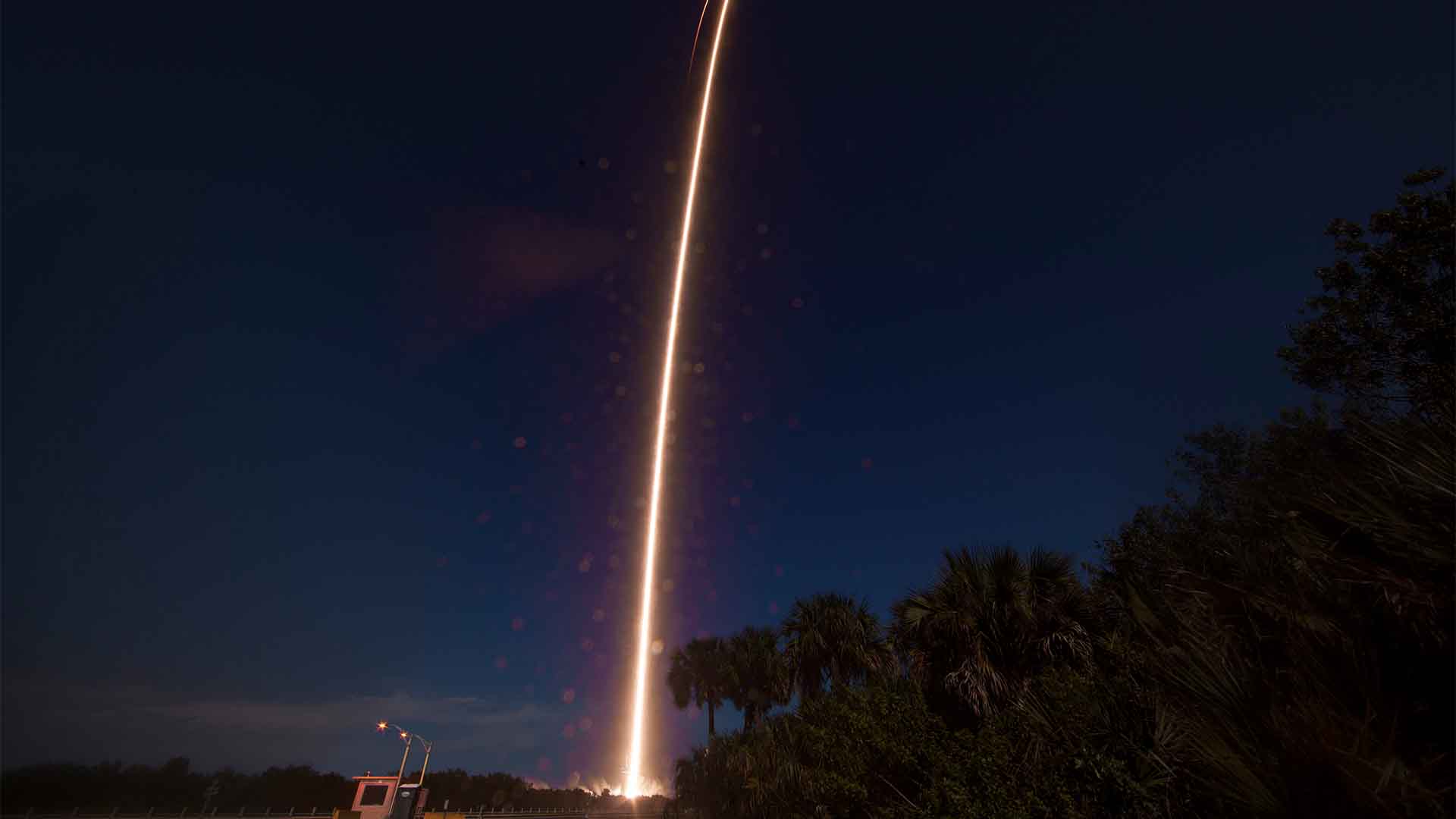
Source: Aubrey Gemignani/NASA via Getty Images
The mission was to deploy 20 Starlink satellites into orbit. However, the second stage engine’s failure during the final burn disrupted the mission’s success.
Elon Musk's Announcement
Elon Musk took to X (formerly Twitter) early Friday to share the news. He described the anomaly as a “RUD” – Rapid Unscheduled Disassembly.

Source: UK Government/Wikimedia Commons
Musk stated, “Upper stage restart to raise perigee resulted in an engine RUD for reasons currently unknown. Team is reviewing data tonight to understand the root cause.”
Potential Impact on Upcoming Missions
This engine failure could impact SpaceX’s upcoming missions, including the planned commercial flight of entrepreneur Jared Isaacman and his crew.
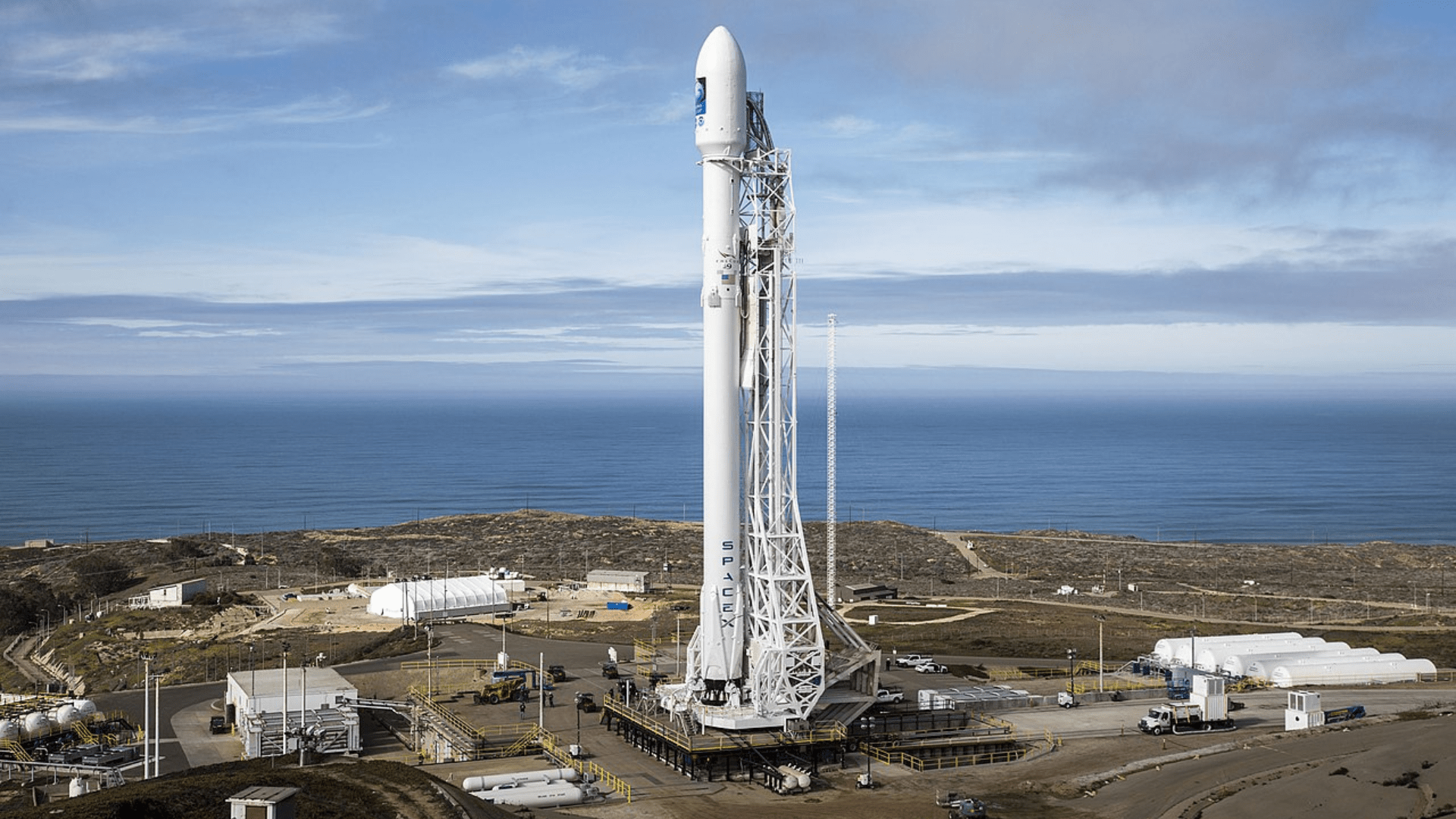
Source: SpaceX/Wikimedia Commons
Scheduled for the end of the month, this mission involves the first spacewalks by non-government astronauts. NASA’s plans to launch a new crew to the ISS in August might also be affected.
Ice Buildups: A Clue?
Live video from the launch showed unusual ice buildups on the rocket, much more significant than in previous flights.

Source: Katherine Stelling, Oregon State University
These ice formations might indicate a problem that contributed to the engine failure. SpaceX is investigating this as part of their review process.
SpaceX's Resilience and Track Record
Despite this setback, SpaceX’s history of rapid recovery from anomalies could mitigate the impact. With 344 consecutive successful Falcon 9 flights since 2015, SpaceX has a robust track record.

Source: SpaceX
The company aims to launch over 140 missions this year, highlighting its resilience and high flight rate.
Contacting the Starlink Satellites
After the failure, SpaceX flight controllers managed to contact five of the 20 deployed Starlink satellites.
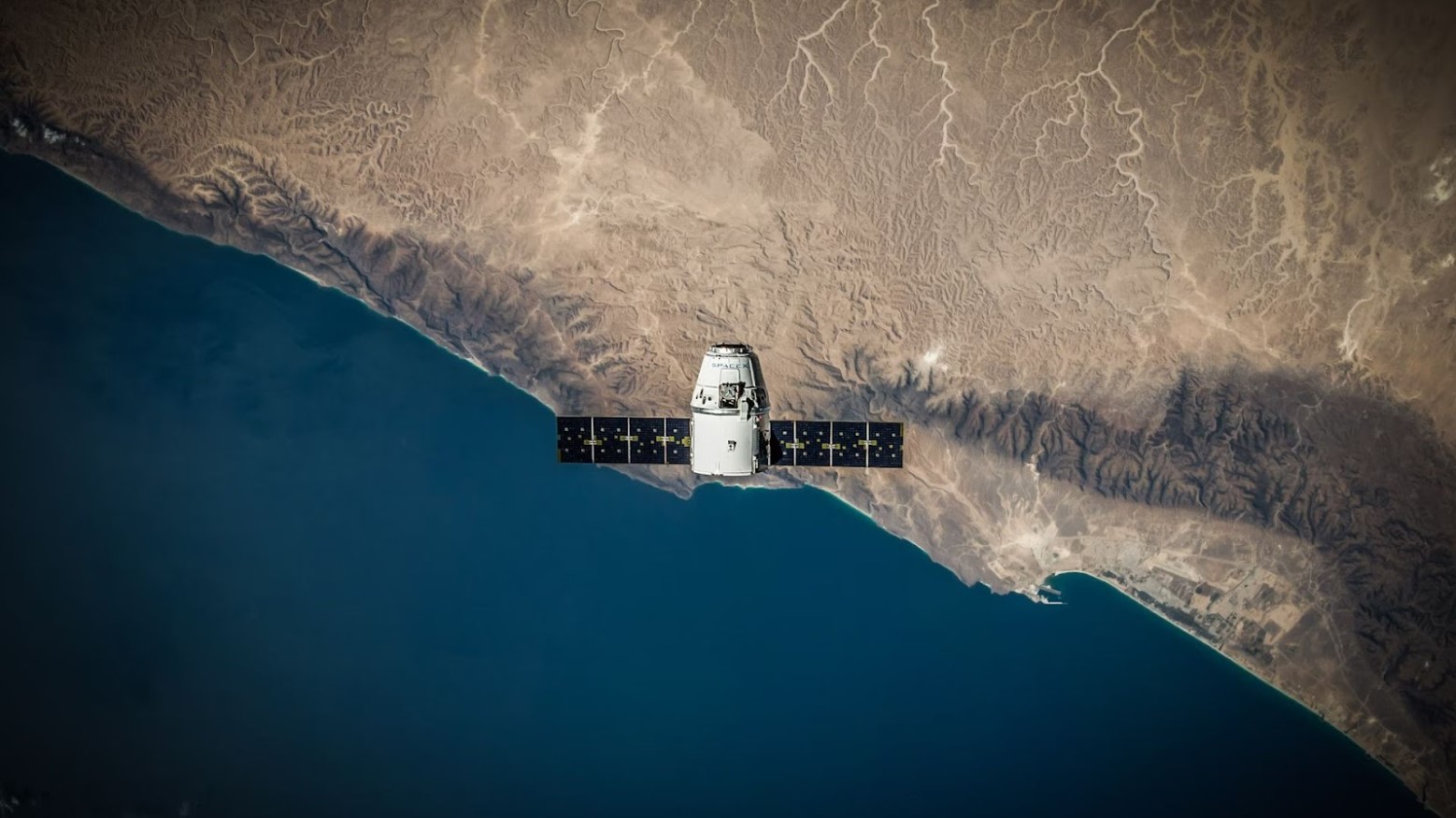
Source: SpaceX/Unsplash
They are attempting to raise the satellites’ orbits using their ion thrusters. This effort is crucial to ensure the satellites reach their intended positions and become operational.
Significance of the Second Stage Burn
The second stage burn is a critical part of the mission, designed to raise the orbit’s low point. This final one-second firing, approximately 45 minutes after launch, ensures the satellites are correctly positioned.
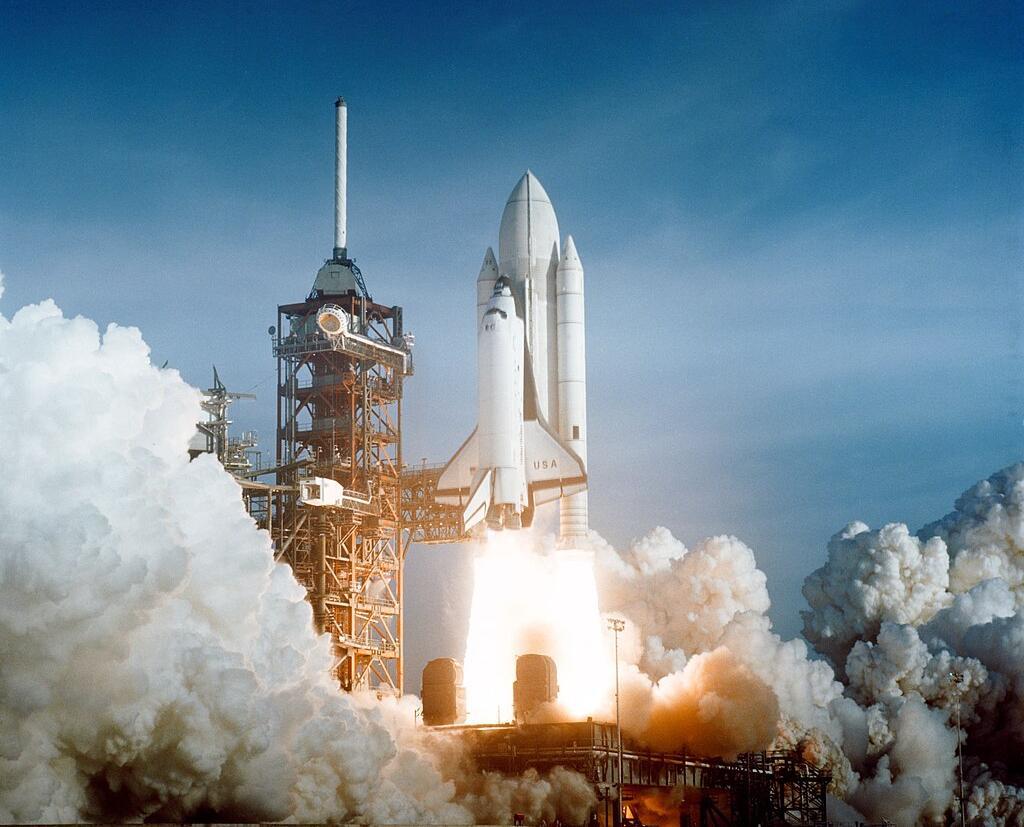
Source: Wikimedia
The failure during this burn has jeopardized the mission’s success.
SpaceX's Communication Strategy
In keeping with SpaceX policy, live video and commentary ended after the first successful engine shutdown.

Source: Freepik
Confirmation of payload deployment typically follows the final burn, but no such confirmation was posted. Musk’s update came at 12:35 a.m., reflecting the unexpected nature of the failure.
Historical Context of Falcon 9
The Falcon 9 rocket, known for its reliability, has been a cornerstone of SpaceX’s success. Thursday’s launch was the 69th Falcon 9 flight this year and the 354th since its debut in 2010.

Source: Aubrey Gemignani/NASA via Getty Images; NASA/Wikimedia Commons
The rocket’s track record includes 6,720 Starlink satellites launched over 181 flights, with about 6,200 operational.
Investigating the Root Cause
SpaceX teams are diligently reviewing data to understand the root cause of the engine failure.
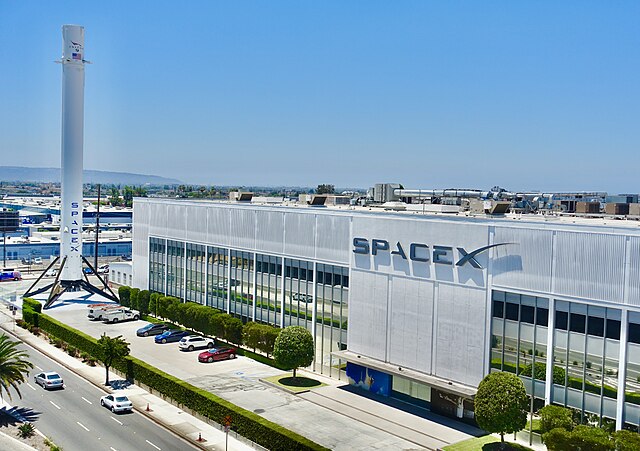
Source: Wikimedia
Identifying and rectifying the issue is crucial for the success of future missions. The investigation will likely focus on the unusual ice buildups observed during the launch.
Looking Ahead
As SpaceX works to resolve this anomaly, the aerospace community eagerly awaits the findings. The company’s ability to learn from such incidents will be key to maintaining its ambitious launch schedule.
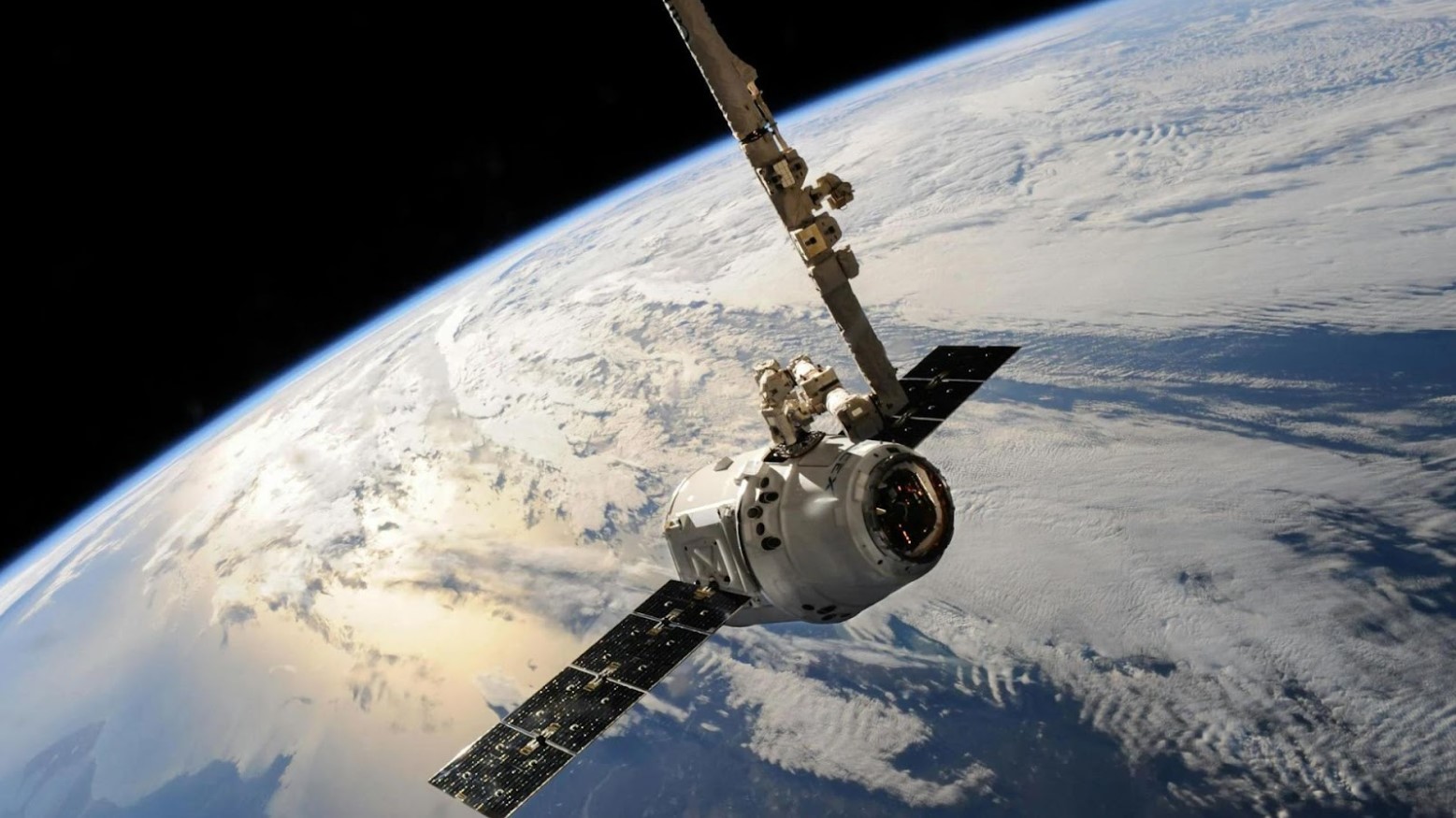
Source: SpaceX/Pexels
Despite the setback, SpaceX’s commitment to innovation and exploration remains unwavering.
